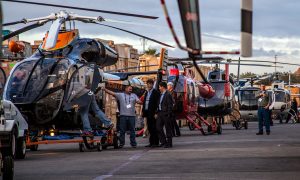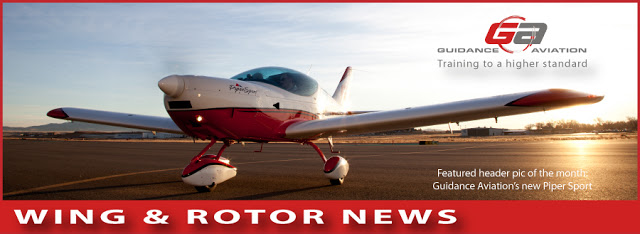 Helicopters and rotorcraft provide many useful civil and military functions without the need for airports and runways. However, accurately predicting vehicle performance and noise production is very challenging and requires a more accurate technical approach to understand the interaction between rotor blades and the rotor blade vortices. Scientists supporting NASA’s Subsonic Rotary Wing Project are developing state-of-the-art simulation tools to more accurately predict these flowfields. Use of these tools provide new insight into the rotor wakes, and will help improve rotorcraft performance. This snapshot of a V-22 rotorcraft in hover shows a cross-section of the blade vortices and turbulent flow, where magenta is high vorticity (spin) and blue is low. The Pleiades supercomputer at the NASA Advanced Supercomputing facility has allowed scientists to greatly improve the prediction accuracy of rotor blade aerodynamics.
Helicopters and rotorcraft provide many useful civil and military functions without the need for airports and runways. However, accurately predicting vehicle performance and noise production is very challenging and requires a more accurate technical approach to understand the interaction between rotor blades and the rotor blade vortices. Scientists supporting NASA’s Subsonic Rotary Wing Project are developing state-of-the-art simulation tools to more accurately predict these flowfields. Use of these tools provide new insight into the rotor wakes, and will help improve rotorcraft performance. This snapshot of a V-22 rotorcraft in hover shows a cross-section of the blade vortices and turbulent flow, where magenta is high vorticity (spin) and blue is low. The Pleiades supercomputer at the NASA Advanced Supercomputing facility has allowed scientists to greatly improve the prediction accuracy of rotor blade aerodynamics.
 |
| http://www.scientificcomputing.com |



